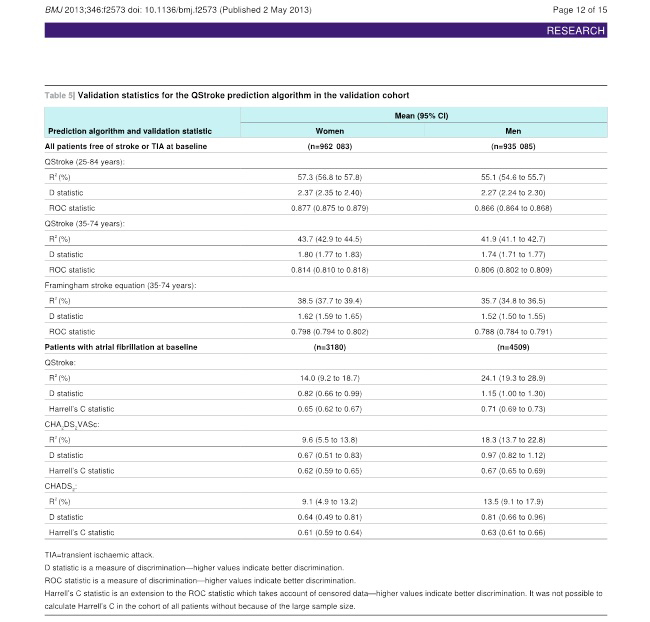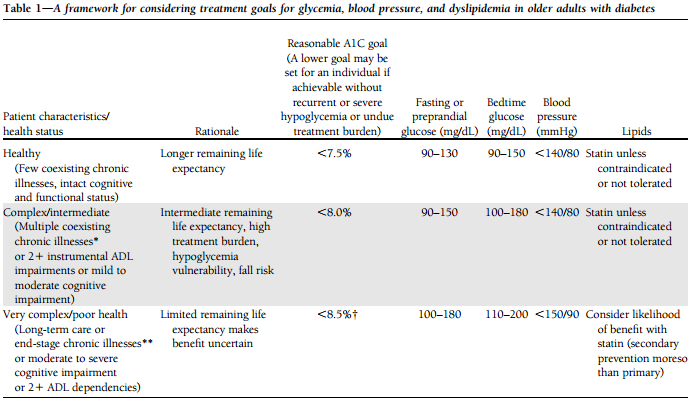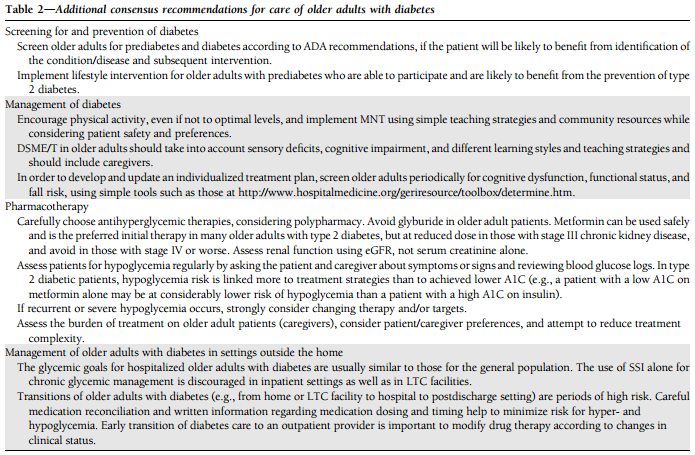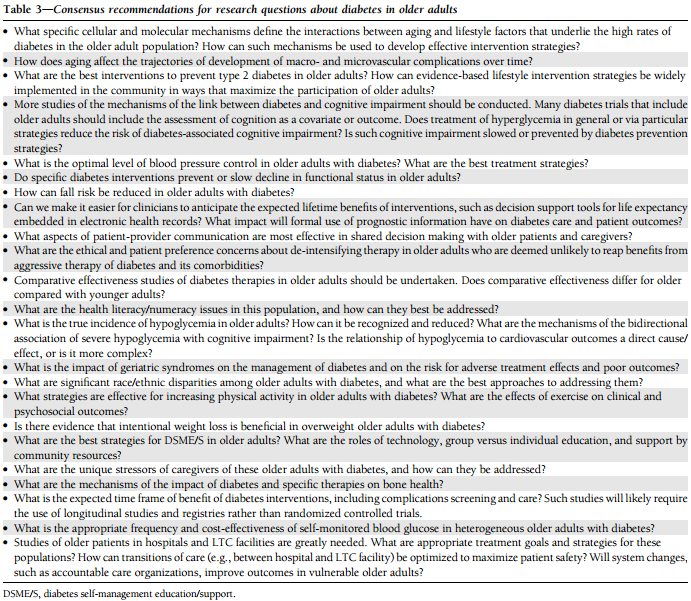<文献名>
Uptodate [Anticoagulation in acute pulmonary embolism]
<この文献を選んだ背景>
We
have some patients in home visit who are difficult to do blood test. Because
they have a fragile blood vessels and we can’t find thick and good ones. Some
patients take warfarin to prevent re-attack of pulmonary embolism, so we must
check INR every month.
I wonder if it is necessary to check INR every month or it is possible to change a drug except warfarin or stop it.
<要約>
Monitoring — The
laboratory test most commonly used to measure the effects of warfarin is the INR. Warfarin therapy
for acute PE should target an INR of 2.5 (range 2.0 to 3.0) [5,40]. Randomized trials indicate
that less intense anticoagulation (INR <2.0) is associated with an increased
likelihood of recurrent PE or DVT and more intense anticoagulation is
associated with bleeding [40-44].
Following discharge, initial monitoring can be reduced to once every few days until a stable dose has been achieved [40] and then to once every four weeks [45]. INR measurements should return to the more frequent interval any time that adjustments in the dose become necessary and the more frequent interval should be continued until a stable dose is again achieved. (See “Therapeutic use of warfarin“.
Long-term therapy — After initial therapy with LMWH, UFH, or subcutaneous fondaparinux, long-term therapy is generally completed with a vitamin K antagonist, such as warfarin. Vitamin K antagonists are preferred over rivaroxaban due to the greater clinical experience with the former [5].
Duration — We advocate the following treatment durations for warfarin therapy. Recommendations for indefinite therapy ascribe a higher value to preventing recurrent PE and a lower value to bleeding, cost, and inconvenience.
• For patients with a first episode of acute PE due to a temporary risk factor (eg, surgery, immobilization, trauma), we recommend warfarin therapy for three months, rather than a shorter or longer duration (Grade 1B). (See ‘Reversible risk factor’ above.)
• For patients with a first episode of unprovoked acute PE, we recommend warfarin therapy for at least three months, rather than a shorter duration (Grade 1B). The potential benefits and risks of indefinite anticoagulant therapy should be assessed after the three months of anticoagulant therapy (see ‘Unprovoked’ above):
• For patients who have a low or moderate risk of bleeding, we suggest indefinite warfarin therapy, rather than three months of therapy (Grade 2B).
• For patients who have a high risk of bleeding, we recommend three months of warfarin therapy, rather than indefinite therapy (Grade 1B).
• For patients with two or more episodes of acute PE, we recommend warfarin therapy for at least three months, rather than a shorter duration (Grade 1B). The potential benefits and risks of indefinite anticoagulant therapy should be assessed after the three months of anticoagulant therapy (see ‘Recurrent PE’ above):
• For patients who have a low risk of bleeding, we recommend indefinite warfarin therapy, rather than three months of therapy (Grade 1A).
• For patients who have a moderate risk of bleeding, we suggest indefinite warfarin therapy, rather than three months of therapy (Grade 2B).
• For patients who have a high risk of bleeding, we suggest three months of warfarin therapy, rather than indefinite therapy (Grade 2B).
Anticoagulant therapy for
patients with an acute PE who are pregnant or have a malignancy is discussed
separately.
開催日:平成25年5月22日



